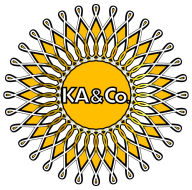HC010: Management & Leadership Training
Purpose: To transform supervisors into leaders with management and leadership training that focuses on coaching, team-building and trouble-shooting techniques.
Leadership is serious business. The truth is, a fun, friendly, high-energy atmosphere at work definitely makes for happier employees. Employees work harder when they are happier and feel valued by their organization. They are also more productive and more likely to tap into their creativity to solve problems and come up with workable solutions. In this course, you’ll discover dozens of ways to create an enjoyable, exciting work environment that stimulates and rewards creativity. When employees enjoy coming to work, you can bet they will put more effort into their jobs!
Overview
This is not your ordinary leadership course!
This is training for today's leaders — people who are pulled in a million different directions, expected to get more done with fewer resources, and forced to cope with budget cuts, corporate crises, reduction of employee benefits, hiring and wage freezes and much more. These tougher times call for creativity and innovation in leadership, and that's why this revolutionary new course was developed.
In two days of lightning-paced, high-energy training, you'll learn techniques for turbo-charging your leadership skills and getting your employees on track for super performance and a lot more productivity. You'll learn how to support an environment of creativity, innovation and passion, regardless of what type of company you work for. You'll learn once and for all what people need from their leaders, and even more important, you'll learn exactly how to give it to them.
You'll discover new ideas for motivating your high achievers to continue performing at the top of their game, while giving your less-than-stellar performers the encouragement they need to really shine. You'll explore ways to tap into your own personal leadership strengths, minimize your weaknesses and develop a unique leadership style that is highly effective, yet reflects your core beliefs and personality.
Fun, fast, and highly effective, this training will stimulate your thinking, recharge your batteries and spark your outside-the-lines creativity as you inspire your employees to excellence.
You’ll learn how to:
• Coach and mentor your people by encouraging growth and improvement
• Motivate others to consistently perform at their personal best
• Inspire others through your own enthusiasm and energy
• Devise new approaches for solving those same old problems and dilemmas
• Transform negative thinking into positive action
• Set priorities, delegate when necessary and ask for help when you need it
• Explore ideas for reducing stress and burnout on the job — for yourself and your staff
Agenda:
• Become a Creative Leader
• Establish Communication — the Foundation of Effective Leadership
• Support Innovation, Experimentation and Free Thinking in Your Workplace
• Build Teams That Pull Together, Instead of Apart
• Guide Your People to Peak Performance Through Coaching and Positive Discipline
• Be Creative in Solving Problems, Conquering Stress and Burnout and Building Morale
If you are looking for a training experience that’s enriching, fun, fast-paced, innovative and jam-packed with ideas, tips and strategies you haven’t heard before, don’t miss this course! It’s designed specifically for people who are ready to commit to developing others and raising organization productivity to a higher level, ready to restore energy and enthusiasm to their workplace and ready to champion an environment of creativity and collaboration. It’s perfect for:
• Managers and supervisors who have moved into a leadership role
• Team leaders responsible for the growth, development and performance of others
• Anyone who wants to enjoy expanded career choices and step into a leadership role
At the end of the two-day training programme, your staff would be able to
• Motivate and re-energize team members by developing an environment of creativity and collaboration
• Create a team environment that’s supportive, productive and fun
• Strengthen morale and keep employees satisfied
• Inspire your people to reach – and exceed – their potential
• Gain more credibility and respect from your co-workers, colleagues and employees
• Discover the secrets to a fool-proof reward system
• Eliminate negativity, lacklustre work and poor attitudes from your team
Course Content:
1. Become a Creative Leader
• Your “leadership quotient” — why it’s absolutely critical to your success as a leader!
• 11 essential skills every leader must know
• How to avoid common self-sabotaging behaviours that often plague both new and seasoned leaders
• What does employees really want from you as a leader? The answers are guaranteed to surprise you!
• Why traditional management models just don’t measure up in today’s workplace and what to use instead
• Your Personal Action Plan — a super tool to build character, strengthen leadership skills and boost your overall effectiveness
• How to implement a leadership style that builds trust, communicates a clear vision and guides your team to higher productivity and organization profits
• Why it’s best to “aim for the impossible” (you’ll be amazed at how close you come!)
• How to build a culture of accountability that rewards ethical behaviour
• Ways to create an atmosphere of trust and respect that values employees and promotes loyalty between co-workers
• How to teach and train others to approach challenges and problems with a positive attitude
• Why it’s essential to reward those who keep their word even in the most difficult situations
• What it means to be ethical: key behaviours necessary to model values-based, ethical character
2. Establish Communication — the Foundation of Effective Leadership
• What to say and how to say it — “leadership language” that supports synergy and encourages others to agree with you
• How to infuse your communication style with confidence and power
• Fresh strategies and exciting techniques to open up the communication pipeline and keep ideas flowing freely
• Words, phrases and gestures to help you come across as poised, intelligent and trustworthy every time you speak
• Communication guidelines that recognize and respect the individuality of every employee
• Why positive reinforcement is key to gaining support and recognition from your people
• How to effectively overcome communication challenges and roadblocks without steamrolling your opponent
• The secrets of effective praise — when, how and where to give your employees the applause they deserve
• How to offer constructive criticism in a positive light — and what not to say, even with the best intentions
3. Support Innovation, Experimentation and Free Thinking in Your Workplace
• How to convert your workplace into a risk-free zone where calculated risks are accepted and encouraged!
• Clever ways to reward those who stretch their mental muscles, think outside the box and share their great ideas
• Why it’s crucial to kick the habit of “that’s the way we’ve always done it” and approach tasks from a fresh perspective
• Tips for working around establishment restrictions that can stifle creativity and crush employee morale
• How to create a safe haven in your workplace, recognizing and rewarding diversity in every form
• Ways to eliminate workplace dynamics that can smother creative thought and action
• Why it is important to always support your employees in public (not following this management edict can destroy your leadership effectiveness)
• How to help employees feel confident in their own good judgment when they make decisions
4. Build Teams That Pull Together, Instead of Apart
• Ways to celebrate the strengths unique to each player on your team
• How the role of team leader differs from leader
• Why your team’s ability to delegate effectively is the key to your success as a leader
• Strategies and techniques to encourage teammates to collaborate, cooperate and turn to one another for help and inspiration
• Fantastic ideas to encourage and support team creativity and growth, including team retreats, think tanks and other team-based activities
• How to create a team culture based on trusting relationships and an “all for one” mentality
• The tools your team members need as they work together to overcome differences and resolve conflicts
5. Guide Your People to Peak Performance Through Coaching and Positive Discipline
• The truth about character: how much of an effect does it really have on performance?
• How to help people take responsibility and become accountable for their actions
• Motivational techniques to turn average players into superstars — even your most reluctant employees will show amazing improvement!
• The 80/20 principle: Use it to encourage employees to move beyond their defined jobs to deliver breakthrough ideas and exceptional performance
• How to use goal-setting as an incredible empowerment tool and reap the benefits of increased productivity
• Why poor morale occurs even when benefits and pay are good: Discover the surprising truth!
• When a team is in danger of self-destructing — how to tackle and resolve employee differences and restore team harmony
• Poor attitudes? Negativity? Innovative techniques to make these problems a thing of the past!
6. Be Creative in Solving Problems, Conquering Stress and Burnout and Building Morale
• Strategies to flex your creative muscles and arrive at workable solutions from a different perspective
Change happens! Tips and tools for meeting the challenges of change head-on while keeping your big picture focus
• Flexibility and adaptability skills that will enable you to respond quickly, professionally and effectively in virtually every crisis situation
• How to encourage your team members to apply their brain power and develop creative options to traditional problems
• What to do when creativity creates a mess: how to salvage the situation and chalk it up to lessons learned for next time
• The warning signs of stress and burnout in yourself and your team
• Why creating an atmosphere of laughter and humour can be more valuable than a pay raise
• The secret of playing to your employees’ strengths by structuring work and responsibilities around things they love doing
• Low-cost and no-cost ways to build morale and create a fun, positive work environment
• How you can share the spotlight and recognize employee contributions to develop your people into leaders for tomorrow
• Clever techniques for using stressful situations to positively challenge and stretch employees
• How to identify stress red flags and lighten an employee’s responsibilities before burnout occurs
• Ways to transform stress into positive motivation — here’s how!
• Your own personal “leadership survival kit” for even the most challenging and stressful situations
Target Participant: All staff staff in leadership position and those aspiring to assume leadership position in their various organisations.
Fee: N150,000.00 per participant (covers training materials, tea/coffee break and lunch.
Course Duration: Two (5) Days
Course Date: TBA
Venue: Indices Hotel & Suites, Onikolobo Road, Abeokuta

 text 3
text 3














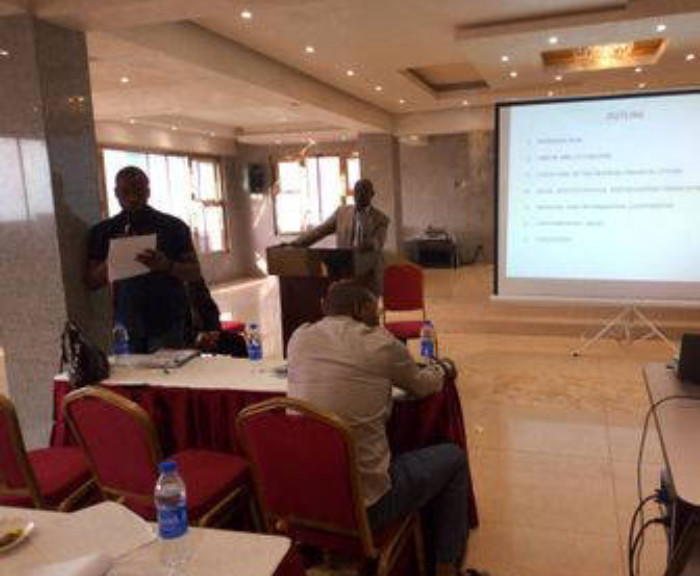 text 1
text 1
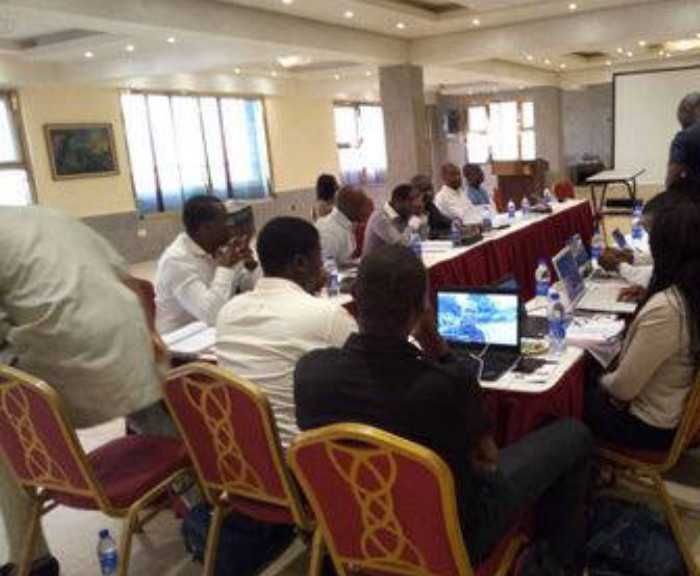 text 1
text 1
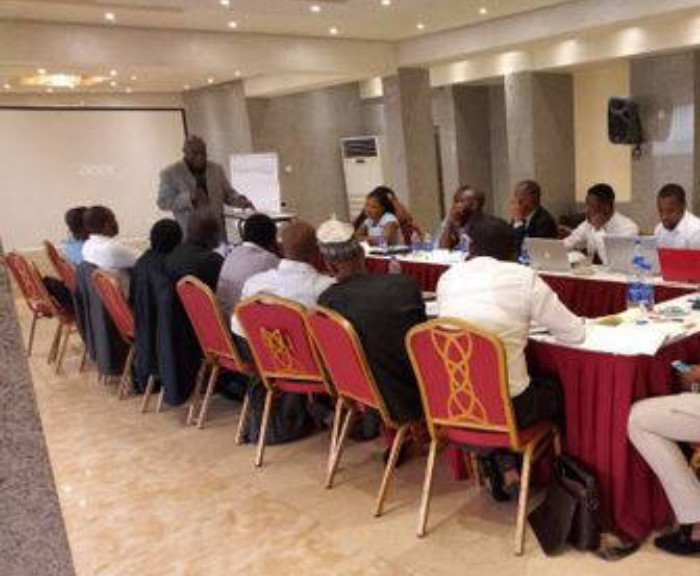 text 1
text 1
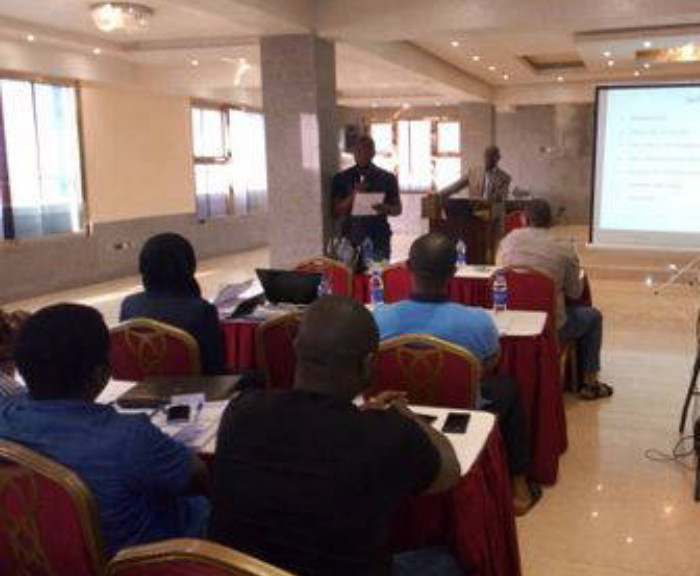 text 1
text 1
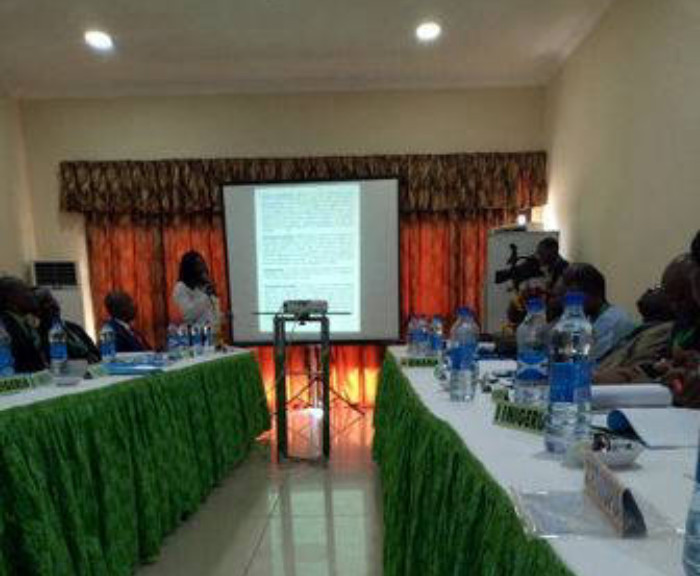 text 1
text 1
 text 1
text 1
 text 1
text 1
 text 1
text 1








